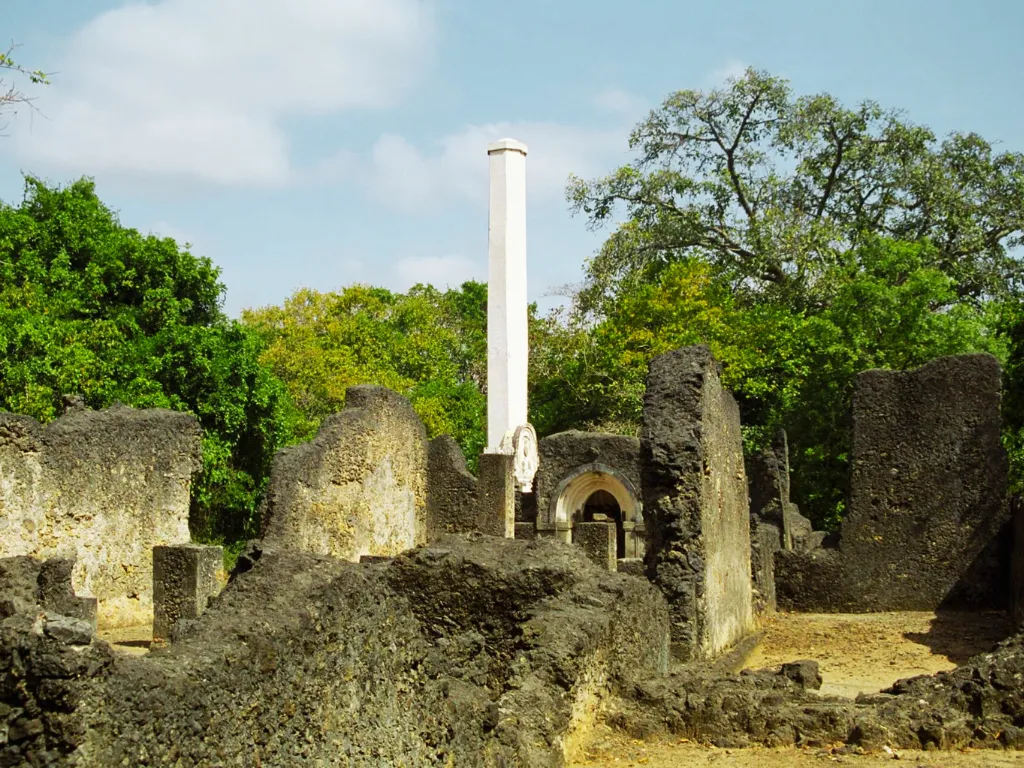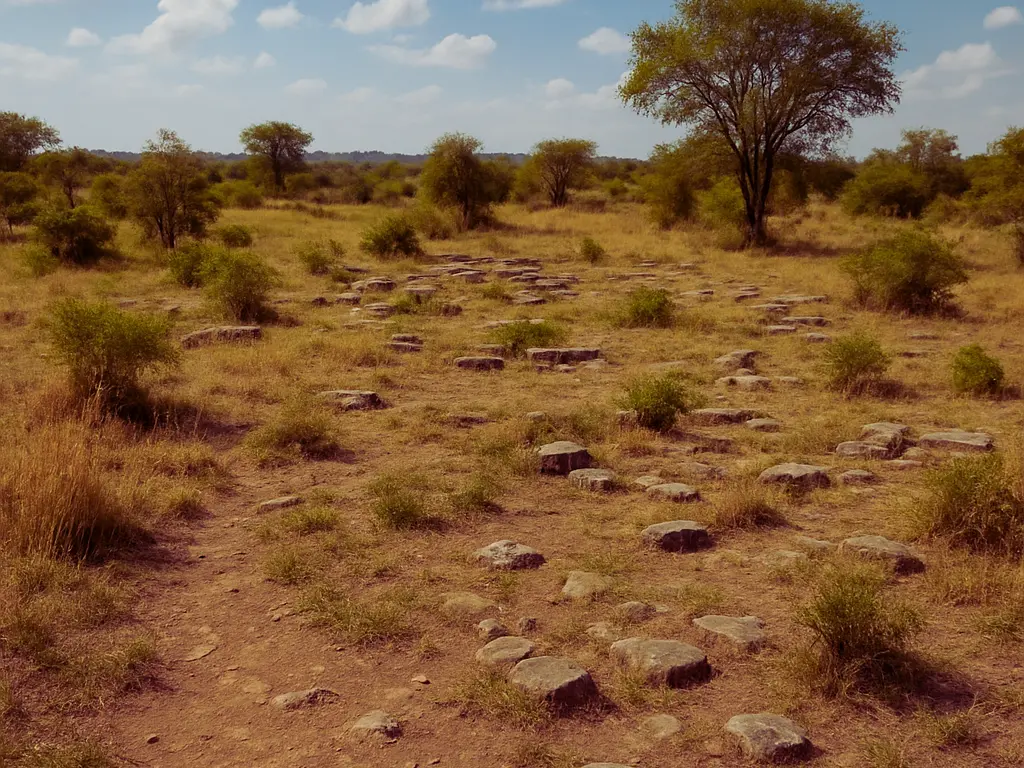

Why Visit? The Songhor Prehistoric Site is one of Kenya’s most significant fossil localities, located in Nyando Sub-County, Nyanza Province, near Fort Ternan in western Kenya. Known for its remarkable Miocene fossil discoveries dating back to about 19 million years ago, Songhor offers invaluable insights into the evolution of primates and mammals in East Africa. The site, covering 78 acres, was gazetted in 1982 and is part of the greater Lake Victoria Basin fossil corridor.
Open excavation areas with interpretive signage explaining key paleontological discoveries
Cross-sections showing millions of years of depositional history
A reconstructed exhibit on the discovery and interpretation of Proconsul fossils
Displays on the traditional knowledge and folklore associated with Songhor
First excavated in the 1930s by the Coryndon Memorial Museum (now part of the National Museums of Kenya), Songhor gained prominence for producing the remains of early apes and other vertebrates. Among its most notable finds is the Proconsul africanus, an extinct genus of primate believed to be a possible ancestor of both apes and humans.
The fossil hominoids collected from this site range from small to large-bodied apes. In total, eight species of hominoids have been identified. There is enough evidence to confirm that Proconsul africanus also lived at this site, making it an essential source of data for paleoanthropology.
A new boundary survey conducted in 2000 by the National Museums of Kenya led to adjustments in the site perimeter. However, disputes have arisen, with locals claiming that the new boundaries have encroached on their land. Some community members are demanding compensation, while others call for the survey to be reviewed or redone.
Opening Hours: Daily, 8:00 AM – 6:00 PM, including weekends and public holidays
Entry: Advance booking recommended via National Museums of Kenya; group and school tours encouraged
Access: Reachable by road from Kisumu or Kericho; 45–60 minutes drive from Kisumu city
Field School Programs: Organized for university students and researchers in archaeology and geology
Public Tours: Community guides offer contextual tours in Kiswahili and English
School Outreach: Integrated lessons for primary and secondary school groups on evolution and geology
Interpretive Centre: Onsite facility with fossil casts, visual exhibits, and research archives
Toilets & Shelter: Basic facilities for visitors
Parking Area: Available near the visitor zone
Songhor is protected under the National Museums and Heritage Act and supports long-term collaborative research in paleoecology, vertebrate evolution, and East African geology. Conservation efforts are focused on site protection, erosion control, and sustainable educational tourism.
Best Time to Visit: Dry season (June–October) for easier access and site conditions
Dress for Field Conditions: Sturdy shoes, hat, and sunblock recommended
Ideal for Science Enthusiasts: Great for those interested in human origins and geology
Phone: +254 722 733 878 / +254 721 308 485 / +254 20 3741424
Step back 19 million years and uncover the secrets of primate evolution at Songhor Prehistoric Site—Kenya’s window into the Miocene world.
The National Museums of Kenya (NMK), established under the Museums and Heritage Act (2006), is a multi-disciplinary institution dedicated to collecting, preserving, researching, and presenting Kenya’s cultural and natural heritage.
Sign up to our newsletter